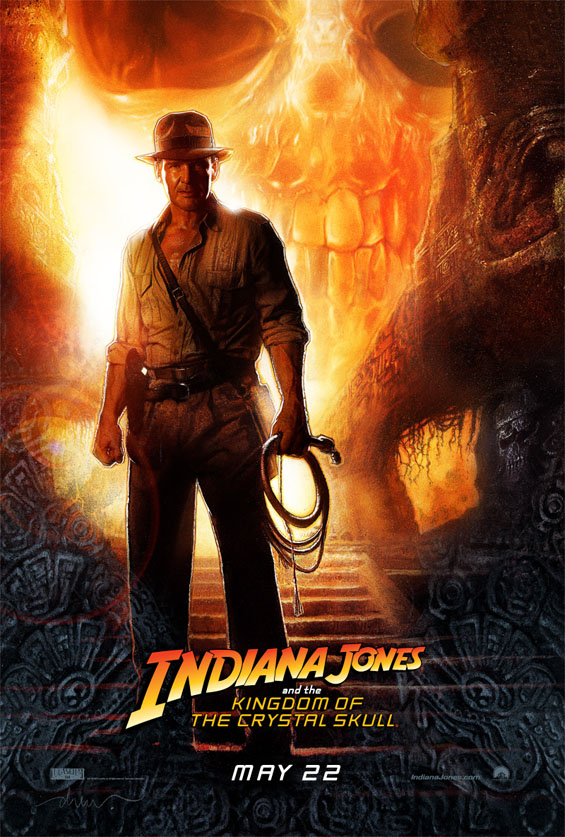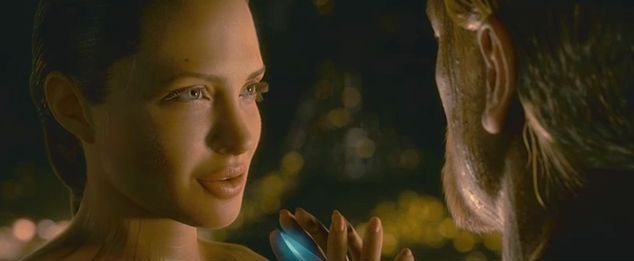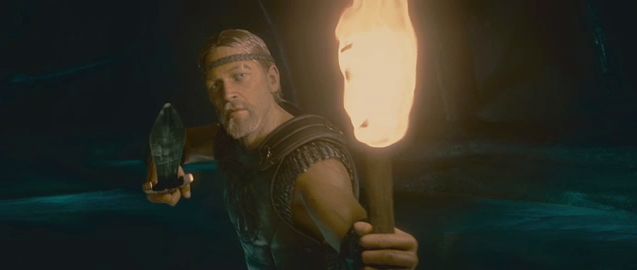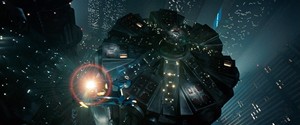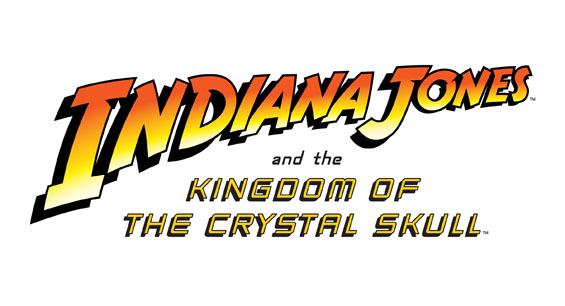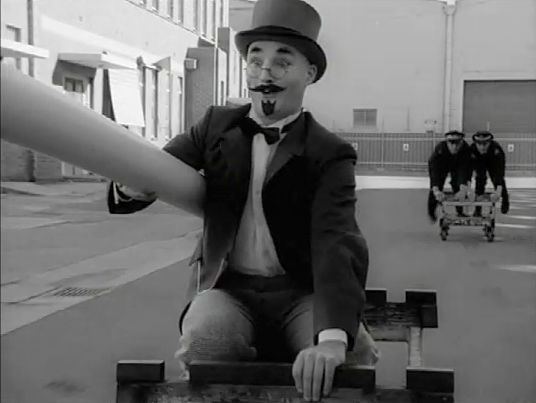Eagle vs Shark (Taika Waititi, 2007)
A lot of the time, when you hear observers of the film business talk about how particular films are likely to perform, you hear them theorise about how a particular film might attract a fervent cult following, but has no prospects for wider commercial success because the central characters aren’t “likeable” or – more obscurely – “relatable.” Like most attempts to explain the mysterious alchemy of commercial success, I haven’t generally been impressed by the worth of this notion as a predictor (as opposed to its undoubted value as a self-perpetuating rationalisation for marketing gurus). Yet I kept thinking about it as I mulled over my reaction to Taika Waititi’s comedy Eagle vs Shark.
